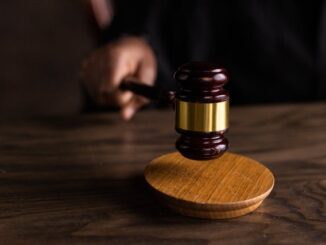
Documentation is a critical aspect of building a strong case in slip and fall accidents. Proper documentation not only strengthens the victim’s claim but also provides essential evidence to support their case and increase their chances of receiving fair compensation. In this comprehensive guide, we’ll explore the key components of documenting a slip and fall accident, including taking photos of the scene, obtaining witness statements, and keeping thorough records of medical treatment and expenses.
- Photographing the Scene: One of the first steps after a slip and fall accident is to photograph the scene. This includes capturing images of the hazardous condition that caused the accident, such as a wet floor, uneven surface, or inadequate lighting. Photographs should be taken from multiple angles and distances to provide a comprehensive view of the scene. Additionally, victims should document any visible injuries they sustained in the accident, such as bruises, cuts, or swelling.
- Obtaining Witness Statements: Witness statements can provide crucial testimony to support the victim’s version of events and corroborate their claim. Victims should obtain contact information from any witnesses to the accident and ask them to provide written or recorded statements detailing what they saw and heard. Witness statements should include descriptions of the hazardous condition, the victim’s actions leading up to the accident, and any other relevant details.
- Keeping Thorough Medical Records: Seeking medical treatment after a slip and fall accident is essential for both health and legal purposes. Victims should keep thorough records of all medical treatment received, including hospital visits, doctor’s appointments, diagnostic tests, medications prescribed, and rehabilitation or therapy sessions. Medical records should detail the nature and extent of the victim’s injuries, the treatment provided, and the prognosis for recovery. Additionally, victims should keep track of all medical expenses incurred, including bills, receipts, and insurance claims.
By documenting the scene, obtaining witness statements, and keeping thorough medical records, victims can strengthen their case and increase their chances of success in pursuing compensation for their injuries and losses. Proper documentation provides tangible evidence to support the victim’s claim and helps to establish liability on the part of the property owner or occupier. Additionally, thorough documentation ensures that the victim’s injuries and expenses are accurately documented, maximizing their potential for receiving fair compensation.



